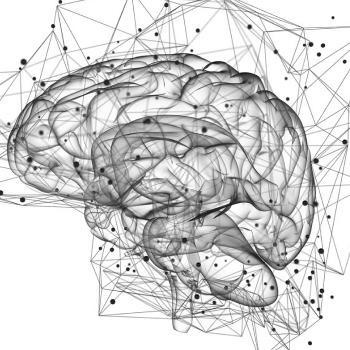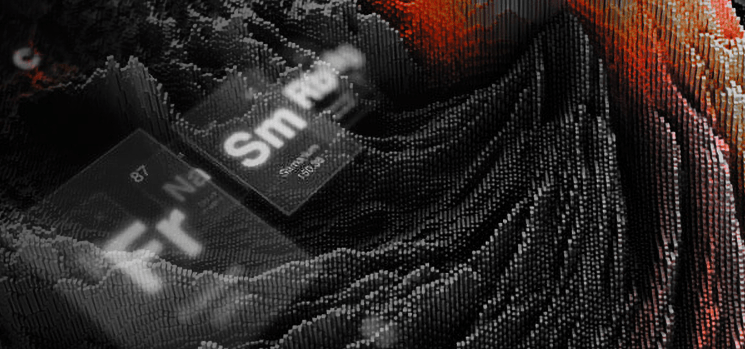What we do
Deep Learning in Computer Vision
Deep Learning has made Computer Vision techniques viable in many more areas than before. There was already a good deal of industry knowledge and experience around detecting and classifying objects in the visible portion of the electromagnetic spectrum, but not so much in other areas.
Digica has developed expertise that opens up new domains like the InfraRed and near-InfraRed, Ion-Mobility spectrometry, micro-Doppler signals from FMCW radar, and the audible spectrum.




